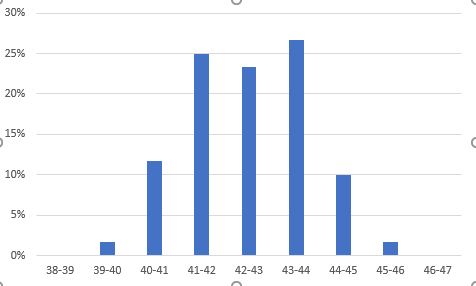I have been helping my son with his Baccalaureate science project - basically looking at the savings achieved by different rim depths
We compared 5 different wheelsets on my TT bike
Walker Brothers Disc Rear and 80mm Front
Reynolds 88 rear 66 front
FFwd 40mm rear (no front)
Fulcrum 32mm rear 32mm front
1980’s Mavic 10mm rear 10mm front
We tested different combinations of front and rear wheel, and complete wheelsets
The test comprised of creating 2, 500m Strava Segments along a flat road alongside the lake (1 segment out and 2nd segment return). I then rode my TT bike 5 times, at 40kph, for both segments, with each wheel combo
The results were taken from the Strava segments, and were normalised by creating a W/kph
So here are the results
Rear Wheels:
Disc blows everything else away completely 6.6% lower power than the 88mm Reynolds, 8.2% lower than FFwd, 10% lower than Fulcrum, 10.1% lower than 1980’s Mavic
Front Wheels
80mm Walker is 1.1% better than 66mm Reynolds, (no FFwd front), 6.1% better than Fulcrum and 6.0% better than Mavic
Wheel Sets
Most efficient, Walker Brothers 249.7w @ 40kph
Second Reynolds 66/88 277.5w (10% more power at 40kph)
Third Fulcrum 295.6w (15.5% more power at 40kph)
Fourth 1980’s Mavic 297.4w (16% more power at 40kph)
Walker Brothers and Reynolds had same tyres: 25mm Vittoria Corsa G+ Tubulars
Fulcrum has 25mm GP4000 Clinchers
Mavic has Schwalbe One 23mm Tubulars
All tyres were run at 90psi
Big surprise for me was the rear disc: I have read a lot recently that made me wonder whether a disc really made a difference… the answer is massive.
When I have enough energy I will go back and repeat the test to see whether I get similar results






